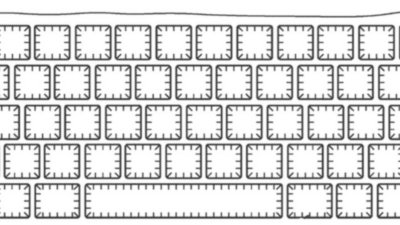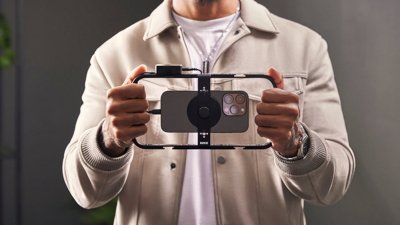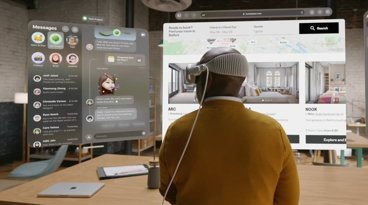Apple wants to enhance hearing aids through iPhone connectivity
The U.S. Patent and Trademark Office on Thursday published a pair of Apple inventions outlining two iDevice-driven hearing assistance systems the company may implement in the near future.
Apple's patent for a "Hearing assistance system for providing consistent human speech" and the related "Providing notification sounds in a customizable manner" both interface portable devices, such as the iPhone, with digital hearing aids to create a more effective system for hearing impaired users.
In the first patent, Apple attempts to solve the problems some hearing aid users face when a person they are listening to has inconsistent speech patterns or speech artifacts. Because most hearing aids amplify sound non-selectively, it may be hard for a user to pick out what they want to hear from ambient noise. This is further complicated when a speaker has "idiosyncratic" speech artifacts, an accent or general inconsistencies when they talk.
Flowchart illustrating consistent voice technology. | Source: USPTO
The patent gives the example of a user in a lecture hall or classroom where a presenter with said speech artifacts is both speaking and writing on a board. In this case, a hearing aid user may have trouble concentrating on the visual information as they are exerting most of their energy on trying to discern what the presenter is saying.
To overcome such limitations, Apple proposes a method in which a portable computing device, like the iPhone or iPad, can receive human speech input, convert it into text and convert the text into consistent computer-generated speech which is then sent to a hearing aid. The connection between the iDevice and hearing aid can either be wired or wireless.
Going further, the user is able to define a number of playback metrics to suit their needs. For example, they can specify a specific time for pauses between individual words or manipulate the playback cadence to help with comprehension. Also noted is lower-voiced output for those with high-frequency hearing loss.
Apple's second patent describes an alert system that gives users audible or visual notifications "corresponding to an external event" like a doorbell or fire alarm.
In one embodiment, a solution is presented in which an iPhone can detect a doorbell with its internal microphone and signal a user with a flashing screen or an audible notification via transmission to a hearing aid. Also noted is the use of the handset's photo sensors as a means of detection, though the patent failed to elaborate on how such a technology would be implemented.
Users can customize the notifications to either amplify the sound of the notifying device, like a fire alarm, or choose from a variety of other sounds. The system also allows text messages to be read via a text to speech engine.
Thursday's patents come on the heels of another set of properties Apple applied for in July regarding hearing aid technology. It is unclear if the company plans on incorporating the inventions into upcoming products, but the iPhone maker appears to be at least investigating the possibilities of using the iPhone's processing power to help with third-party hearing aid devices.
 Mikey Campbell
Mikey Campbell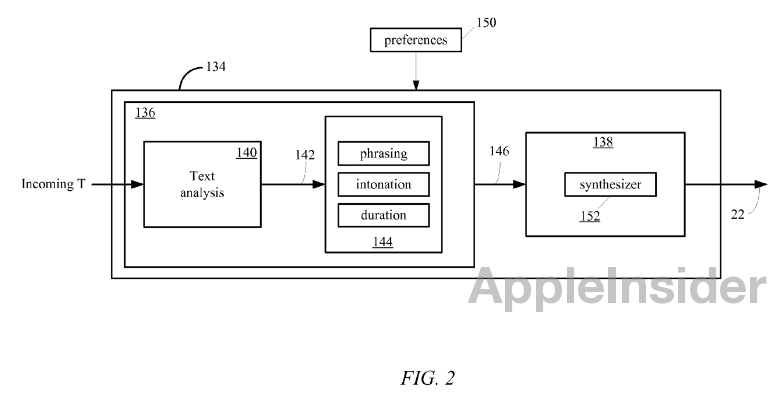
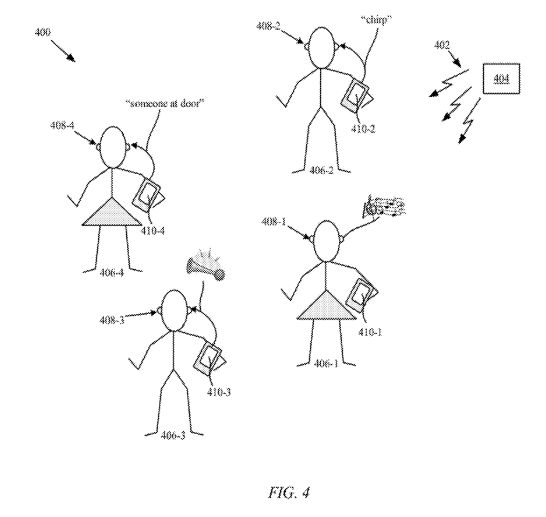



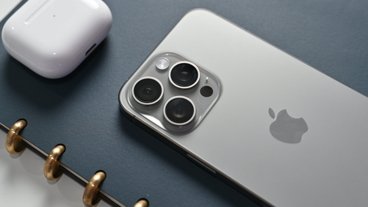
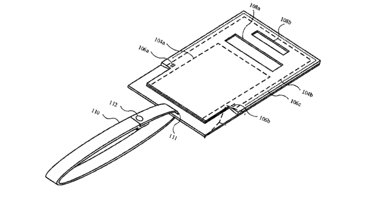





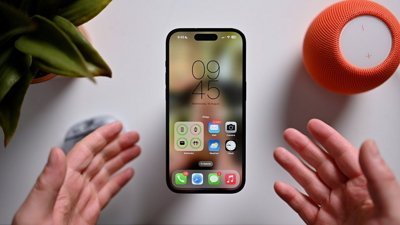
 Malcolm Owen
Malcolm Owen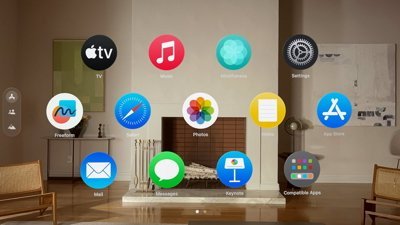

 William Gallagher
William Gallagher
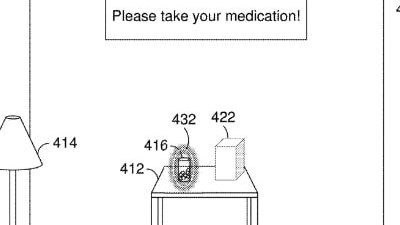
 David Schloss
David Schloss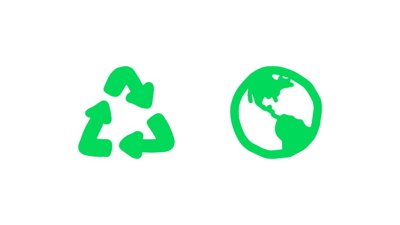
 Amber Neely
Amber Neely